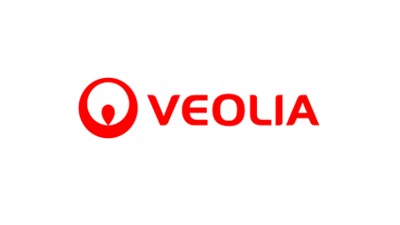3 Buildings In Downtown Baltimore Utilizing Green Heating Or Cooling

More cities have begun to leverage district energy systems for more efficient heating and cooling. In Baltimore, 50% of this energy comes from recycled steam.
Businesses and commercial properties across the country now have access to energy- and cost-efficient steam, hot water and chilled water. In Baltimore, Veolia’s district cooling and heating system is supported by a waste-to-energy, combined heat and power plant.
The district energy network has helped the city reduce greenhouse gas emissions by 108,852 tons, or the carbon reduction equivalent of taking 20,878 cars off the road annually.
From recreational facilities to Class-A office towers, Veolia’s network serves 255 customers with this innovative district energy network. Here are three buildings in Downtown Baltimore making the switch to green heating or cooling.
1. Baltimore Convention Center
Thanks to a new, $11.8M chilled water facility inside the Baltimore Convention Center, the BCC receives chilled water for cooling, which helps to feed Veolia’s larger district cooling network. The company partnered with the City of Baltimore, the Convention Center and the Maryland Stadium Authority on the plant. Veolia also supplies district heating to the 1.2M SF recreational facility.
The chilled water plant, designed to support the convention center and more than 50 other buildings, features a sustainable design that reduces carbon emissions and eliminates a potentially ozone-damaging refrigerant. It also yields greater savings for the BCC, totaling nearly $190K in annual electricity savings.
The plant eliminates 6,137 tons of carbon emissions annually, or the equivalent of removing 1,177 cars from the road per year.
2. National Aquarium
Spanning two piers within the Inner Harbor, the National Aquarium houses almost 20,000 animals, featuring more than 800 species of fish, birds, amphibians, reptiles and mammals. Each exhibit requires specific air and water temperatures that the facility meets by using the city’s cooling network.
The facility leverages the district cooling system to provide chilled water at precise temperatures for each habitat. In 2001, to meet additional chilling capacity needs, the aquarium turned to Veolia to supplement its cooling capacity through a long-term supply agreement. The aquarium relies on the chilled water system to provide 1,250 tons of water every year, cooled to 37 degrees.
In addition to helping cool the aquarium's facilities and various exhibits, Veolia also provides electronics recycling.
3. Maryland Historical Society
Since 1844, the Maryland Historical Society has collected and preserved objects reflecting the state’s heritage. The facility, which has since grown to encompass a museum, library, pavilion and exhibit storage space, is supported with steam from Veolia’s district energy network for heat and hot water, keeping guests comfortable and preserving numerous historical artifacts.
Originating from a waste-to-energy plant, Veolia’s green steam is a sustainable alternative to on-site boilers. Veolia also worked with the museum to reuse and recycle the condensate that results from converting steam into thermal energy. The Maryland Historical Society pipes the condensate into a reflecting pool in its outdoor courtyard, saving in sewer charges and conserving water.
Since 2013, the institute has avoided approximately 386,000 pounds of carbon, the equivalent of removing 41 vehicles from the road.
To learn more about this Bisnow content partner, click here.

